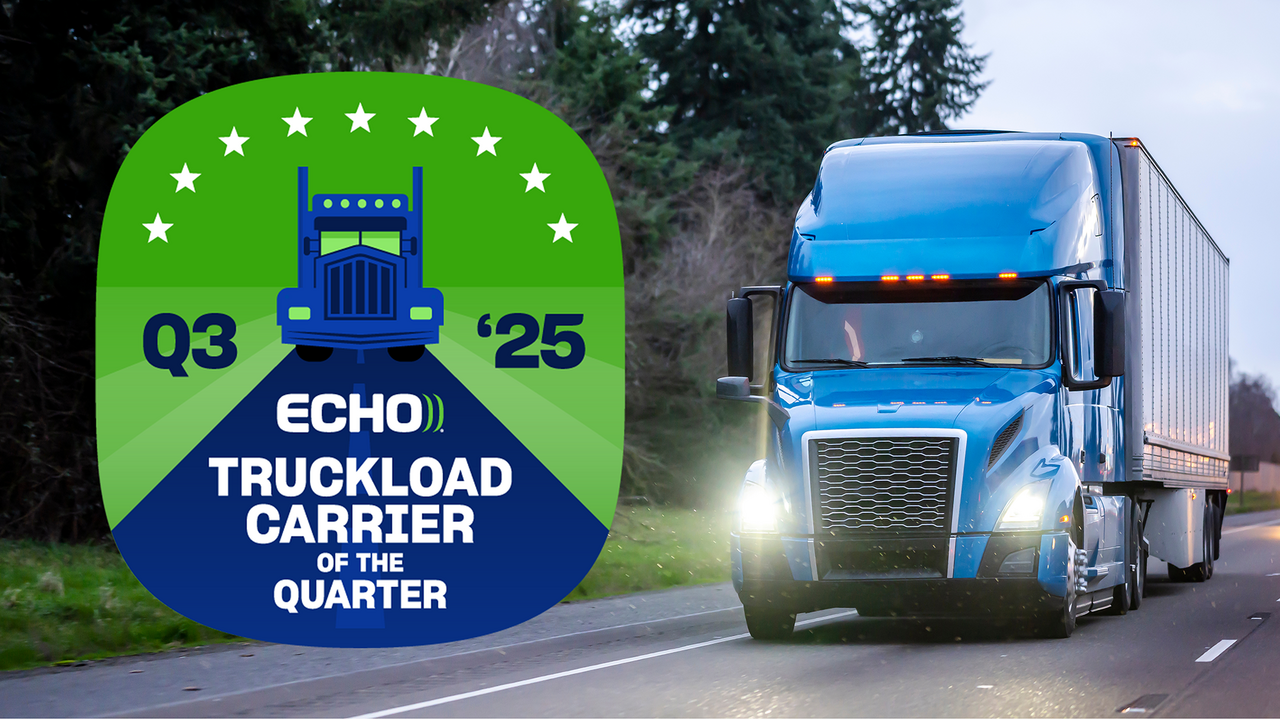What does a real partnership between a broker and a shipper look like? The term ‘partnership’ is often used to describe the relationship between shippers, carriers, and brokers — from both sides — yet it typically doesn’t carry the weight it claims to. A true supply chain partnership should go beyond buzzwords and convenience. Here are some elements to consider when evaluating your partnerships:
Multi-level relationships: From the load planner to the supply chain vice president, there needs to be alignment and communication at every level. These relationships should also maintain high visibility in order to minimize risks, manage disruptions, and capitalize on opportunities. Visibility is best enabled by transportation technology which can enhance collaboration across the supply chain and improve agility.
Mutual commitment: Brokers and carriers must consistently deliver on capacity and service expectations, honoring awarded freight and SLA commitments. But the partnership needs to move both ways, with shippers upholding their end — actualizing awarded freight instead of diverting to the spot market for marginal savings. Furthermore, emphasizing long-term engagements rather than transactional interactions will strengthen the partnership and enhance resiliency on both sides.
Valuing incumbency: If performance is strong, relationships should be respected. Too often, freight is re-awarded to the lowest bidder — even by a penny — despite talk of loyalty and partnership. Encouraging collaboration is a good way to improve mutual loyalty. By building strong connections that support business growth and service delivery for both parties, maintaining a steady relationship comes naturally.
Rethinking the RFP cycle: A true partnership should reduce the need for full-blown annual RFPs. Instead, regular gut checks every three, six, or 12 months based on data and performance can be more effective and less disruptive. Level set rates based on the change in market, up or down. Managing contracts regularly will ensure compliance with the terms agreed on and will lead to stronger relationships by addressing an issue when it arises rather than at the end of the cycle.
Shared strategic goals: Whether it’s supply chain sustainability, network optimization, or innovation, both parties should have initiatives that go beyond day-to-day operations and aim to move the business forward. Aligning efficiency strategies and discussing shortcomings leads to creating actionable steps to meet these goals.
Another important consideration is that when things go sideways—as they sometimes do—there should be trust, transparency, and a willingness to fix problems together. Fostering strong 3PL partnerships not only benefits the parties involved but sets a standard for how to operate in the industry. I’ve been fortunate to work with some of the best in the business, and through all of it, the most rewarding part of my career has been building long-term, real partnerships with clients, some as long as 15 years strong. Our industry functions best when we work together.
If you’re evaluating new partnerships or rethinking your current one, Echo can help you assess where real value lies. As supply chains grow more complex and market volatility continues, the companies that thrive will be those built on trust, transparency, and true collaboration. At Echo, we know that success isn’t just measured in rates or service levels, but in the strength of the relationships we build. That’s why we’re committed to being a partner you can count on.
To explore a shipping partnership with Echo, visit echo.com/shippers.
For informational purposes.




